Unleashing the Power of Convergence for Inclusive Healthcare.
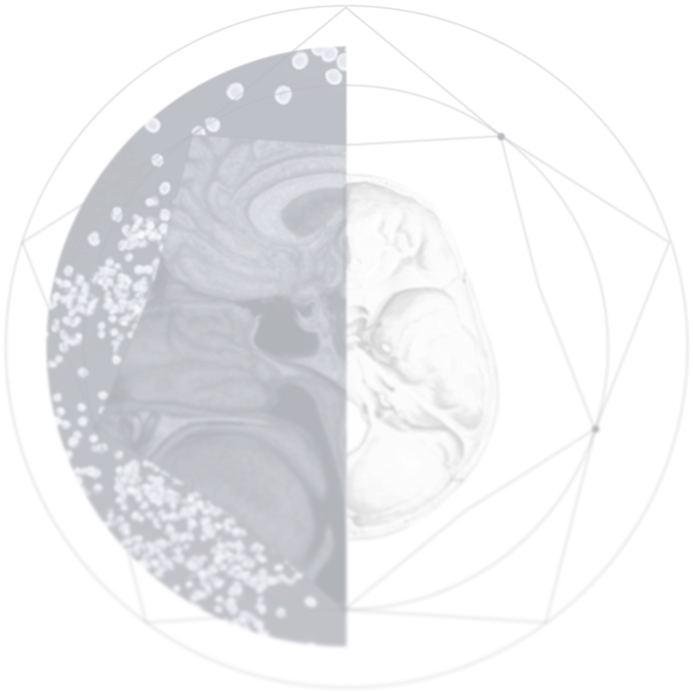
A Decade into the Future – Convergent Intelligence.
INTRODUCTION
Innovation thrives at
The greatest breakthroughs happen when different realms of knowledge and creativity collide.

Nearly ten years ago, Panacea began as an answer to a quiet but rising signal-one that whispered across the fields of life sciences, artificial intelligence, and venture capital: what if the next leap forward didn't come from any single domain, but from the deliberate fusion of many?
At the time, that idea wasn't in vogue. Biotech was seen as costly and slow. Al was admired but misunderstood. Investors clung to orthodoxy. Universities guarded their silos. But history rewards the non-obvious.
From Newton's synthesis of physics and astronomy, to Ada Lovelace's fusion of mathematics and poetic abstraction, the greatest minds didn't specialise-they synthesised. Leonardo da Vinci didn't ask whether he was an artist or a scientist. He embodied both!
Today, we stand at the edge of a new convergence. But this time, the future isn't being left to chance. It is being engineered-with vision, velocity, and a theory of change.
At the heart of this lies Convergent Intelligence-the intentional integration of biological, computational, and human insight. Not just a framework, but the next phase of civilisation.
The Definite Convergence Thesis
Innovation is no longer the by-product of chance. It must be deliberately orchestrated. The future belongs to those who combine distinct fields with intention-designing systems where biology, Al, and human ingenuity do not merely coexist, but compound.
THE EVOLUTION OF INTELIGENCE
Intelligence is not a
It is layered and dynamic. Evolved in nature. Refined in culture. Scaled in code.
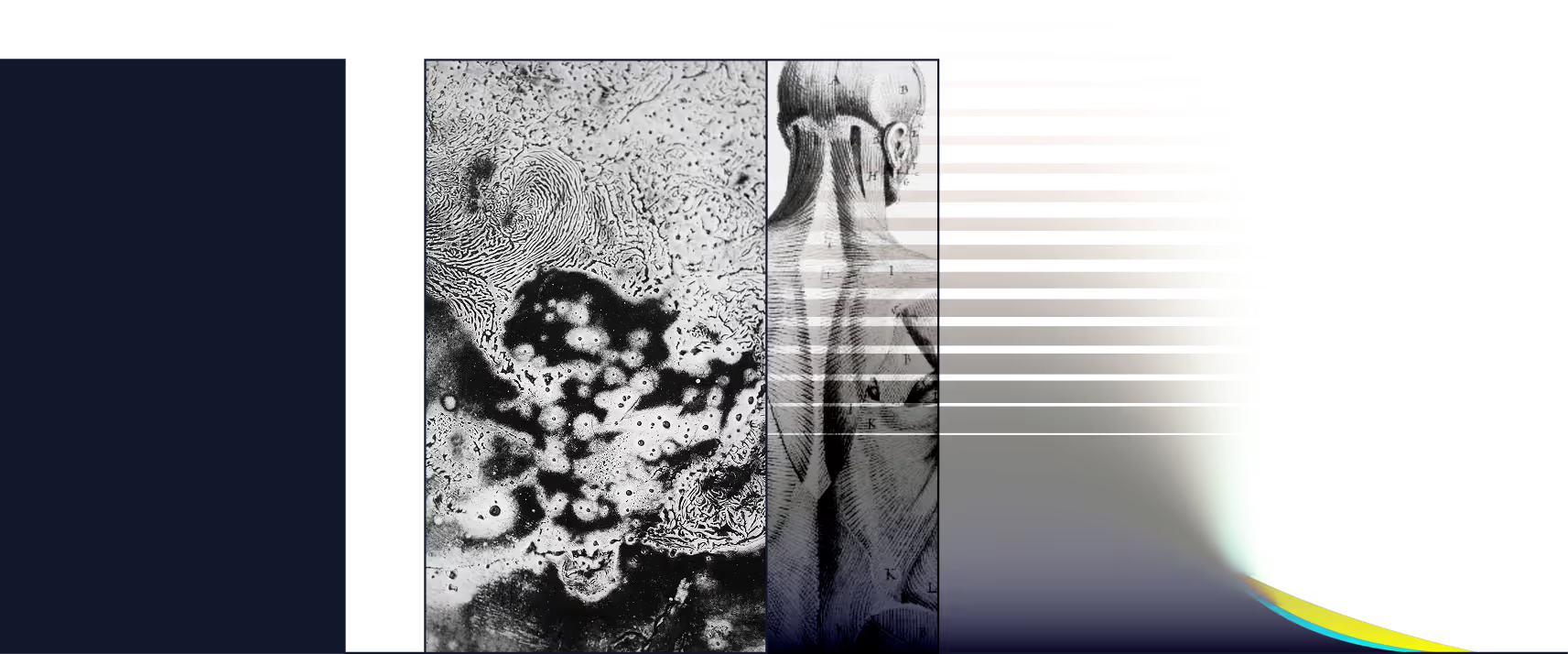
Biological intelligence encodes itself in DNA. Human intelligence adds reasoning, abstraction, and empathy. Machine intelligence introduces scale—learning from billions of data points in real time. Alone, each is powerful. Together, they are transformative.
Yet what makes this era different is not just the tools—it’s the lens. Not every question should be answered with brute-force computation. The most important answers begin with the right question.
This is why a shift is underway—from iterative intent to directed insight.
This is the essence of Convergent Intelligence—a system of compounding feedback loops between human intuition, biological discovery, and machine acceleration. Not data in search of meaning, but purpose in search of transformation.
Iterative Intent vs. Directed Insight
While most of the industry runs blind A/B tests in pursuit of patterns, Panacea starts with thesis-driven direction. Tools are not just reactive—they are proactive instruments for decoding biological truth.
Applying Convergent Intelligence Across Four Frontiers.
The Panacea Framework
We focus on four strategic domains where convergence isn’t just beneficial—it’s inevitable.
Each is a vector of
Each is a new engine of
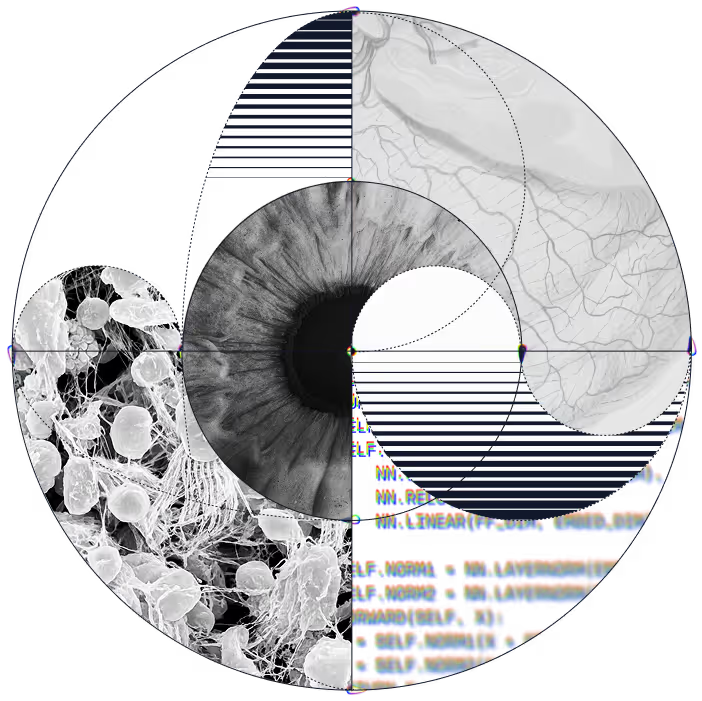
Diagnostics]
Therapeutics]
1.
Revolutionising Life Sciences Research
From trial-and-error to computational generation.
Correlation, not coincidence—that’s the old paradigm. Biology stuck in labs, pipettes, trial-and-error, slow cycles, billion‑dollar failures.
Now AI designs proteins in seconds. AlphaFold cracked a 50-year scientific mystery with 1.5 Å precision—it’s like mapping the molecular cosmos in 4K! Gene editing no longer misses its target—machine learning cuts off-target errors by over 50%. Synthetic biology, once fringe, is scaling into a $40B market by 2030. Printed organs are no longer fiction—they’re scaling at 30%+ CAGR.
The model has changed.
Life sciences companies aren’t selling single products—they're building compounding discovery engines. They’re designed to generate them—on demand, on loop, with code. New ventures monetise APIs, automation, and design engines. Discovery becomes continuous. Wet labs become mixed with dry pipelines.
What was once built around a molecule is now built around a machine.This is a $150B market by 2030, moving at software speed—not biotech speed….
The Convergence Gradient
Innovation moves along a continuum: from parallel discovery, to tool sharing, to full feedback convergence. Most players operate at Level 0–1. The opportunity lies at Level 2–3, where AI doesn't just analyse biology—it reshapes it. And biology, in turn, informs smarter machines.
A model for how interdisciplinary innovation progresses:



2.
Transforming Diagnostics
Diagnosis becomes more than early detection—a purposeful interrogation of biology, where secrets long overlooked are computationally uncovered.
Then: Get sick. Go to the doctor. Run a test. Wait and see.
Now: Health data streams from your wrist. Biology is always online.
AI detects cancers with 95%+ accuracy. Early detection has jumped by nearly 20%. Liquid biopsies use blood to spot tumours at over 90% sensitivity. That alone is a $25B market.
Wearables, once wellness accessories, now feed a $100B+ clinical-grade network. Diagnostics have moved from the clinic to the cloud—real-time labs, smartphone scanners, conversational AI triage.
What used to be episodic is now ambient. Diagnostics is no longer about detection—it’s about direction.
New diagnostic ventures are infrastructure-grade ecosystems. They don’t sell tests. They build two-sided marketplaces. One side captures biological signals at scale. The other delivers feedback to patients, providers, and payors. Every new sample trains the system. Data isn’t just analysed—it’s streamed, layered, and looped. The edge becomes the engine.
This market is heading for $200B by 2030.
Bio-AI Secret Seeking
Convergent Intelligence is not just about answering questions faster—it’s about asking better questions.
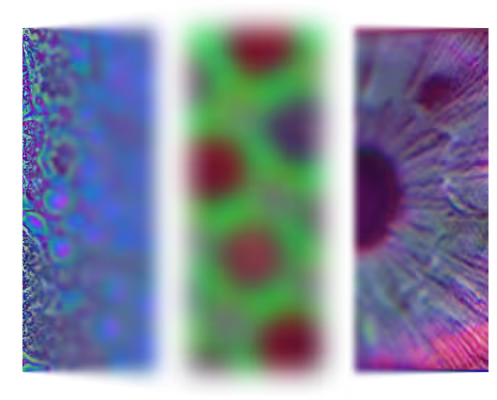
Using machine vision to find faint signals of disease, bioinformatics to isolate latent patterns, and human insight to decide where to look next.


3.
Advancing Personalised Therapeutics
From mass‑market drugs to N=1 precision.
The industrial model was: one drug, millions of people. Hit the average. Accept the side effects.
That equation no longer works.
Genomic profiling boosts efficacy 5×. AI repurposes old drugs in weeks, not years—cutting timelines by 50%. CAR‑T therapy cuts relapse by nearly 30%. AI Drug discovery in Microbiome-guided dosing, adaptive immunotherapies, and mRNA protocols—they’re all happening now.
Models simulate how molecules behave inside complex biological systems—mapping protein folding, predicting toxicity, and identifying responders before trials begin. Entire compound libraries run in silico, slashing costs and dead ends. Fewer experiments. Smarter ones. Run faster, with higher signal. What took years and billions now takes weeks and code.
These ventures don’t sell "assets". They build platforms….
They monetise outcomes—through tiered pricing, subscription dosing, and precision layers that optimise therapy in real time.
This isn’t better medicine—it’s different. Code becomes compound. Patient data becomes protocol. Treatment becomes adaptive. Providers follow data. Payers fund performance. Drugs don’t just treat—they adapt.
This is a $1T market by 2030.
It’s not the blockbuster model. It’s a new operating system for care.
Bio-AI Secret Seeking
Imagine a 2x2: one axis is novelty, the other is integration. Most biotech sits in high novelty, low integration—brilliant science, poorly applied.
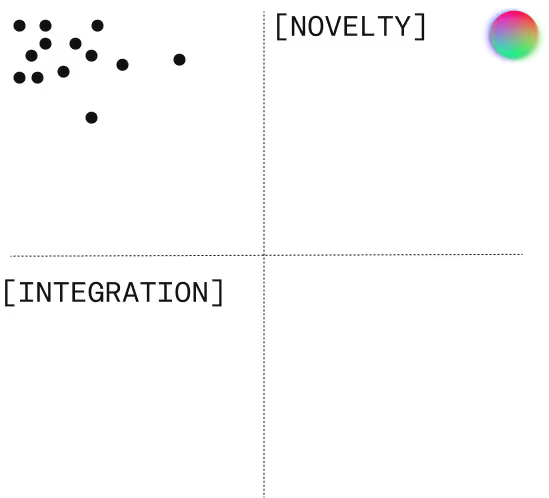
The opportunity lies in the top-right: where novel insight meets scalable application. Where therapies go from elegant to essential.


4.
Redefining Healthcare Delivery
From hospital-first to human-first care.
Care used to begin at registration. Now it starts before symptoms.
Virtual assistants reduce readmissions by 25%. Remote monitoring cuts ER visits by 40%. AI triage responds in under five minutes. Telehealth is growing from $60B in 2020 to $475B by 2026.
Healthcare delivery today isn’t just apps—it’s cloud-native infrastructure and care protocols layered with AI-powered behavioural support, home-based diagnostics, and chronic disease platforms managing outcomes at scale.
What’s emerging is a system that learns across touchpoints. Nudges, alerts, feedback, escalation—layered intelligence turns care into a living interface.
Healthcare has left the building.
It’s becoming a system—intelligent, distributed, and always on.
The Genome of Innovation
Like a cell, innovation has a genome: [1] code (theory), [2] expression (execution), and [3] environment (ecosystem). Success lies in engineering all three.
What is being built is infrastructure—not just apps. Ecosystems, not silos. A healthcare operating system designed for the 21st century.
why now?
The best time to converge was ten years ago.
The second best time is


Founder as Architect of Convergence
The $4T healthcare industry is being reorganised at the molecular, infrastructural, and economic levels. And yet—science and capital still speak different dialects.That’s where Panacea comes in.
The most undercapitalised frontier in venture isn’t post-product. It’s pre-company. Between the academic insight and the commercial outcome lies a chasm. That’s where convergent innovation lives—and where new value is forged.
Today’s founder is not just a visionary.
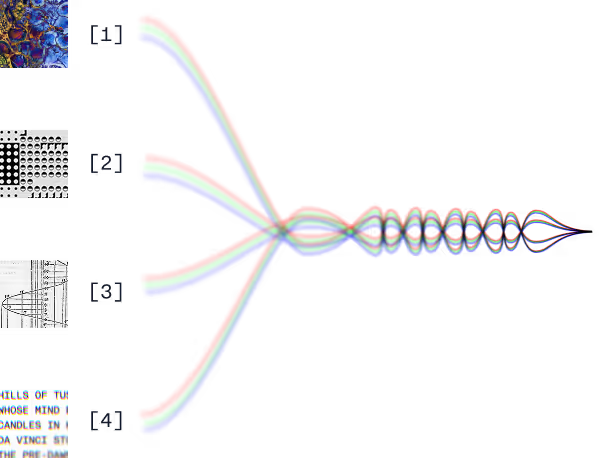
They are an orchestrator of complexity—combining [1] science, [2] design, [3] data, and [4] storytelling into a single cohesive movement.
Conclusion: Building the Panacea
This isn’t an update.
It's a
What was once science fiction is now science in flight. The economics align. The tools exist. The mission is clear. Convergence isn’t about faster science—it’s the structural transformation of healthcare as we know it.
Panacea exists to build the companies that build the future of healthcare. Not through imitation, but through intelligent invention. Not by scaling noise, but by engineering signal.
Together, a Panacea is being built: Where biology, intelligence, and creativity converge to shape a fairer, faster, and healthier world.
Founder, CEO & Managing Partner